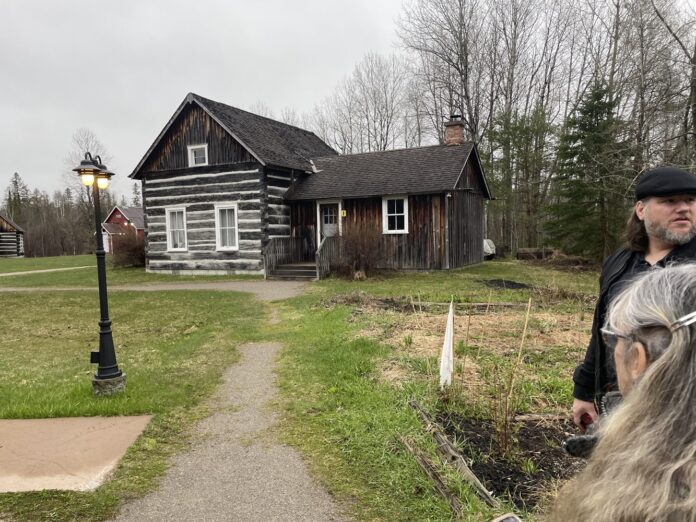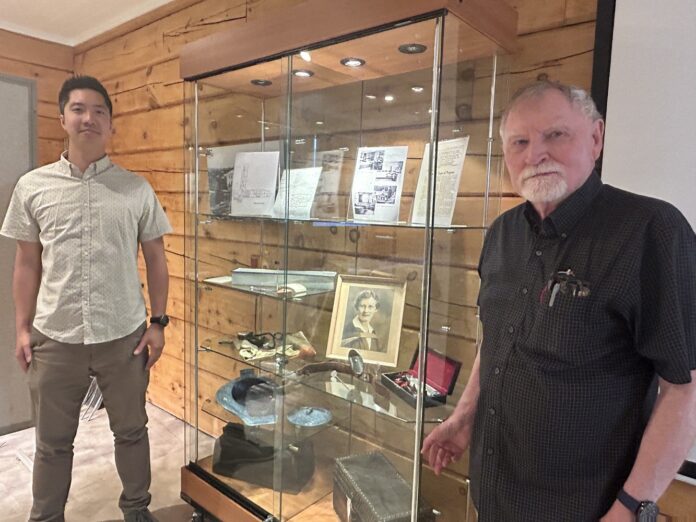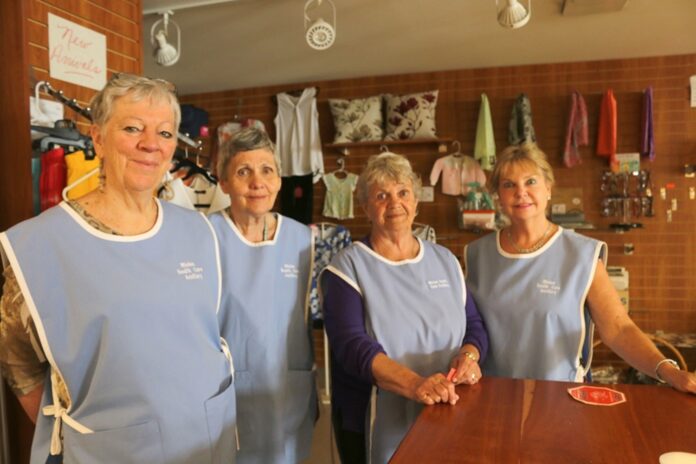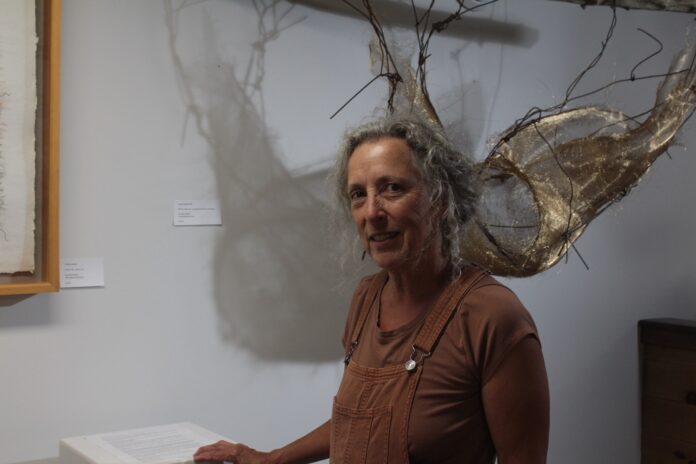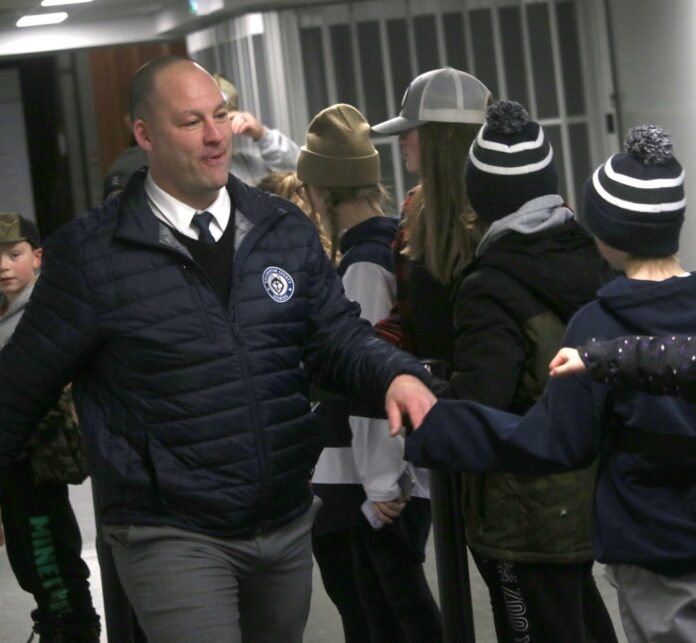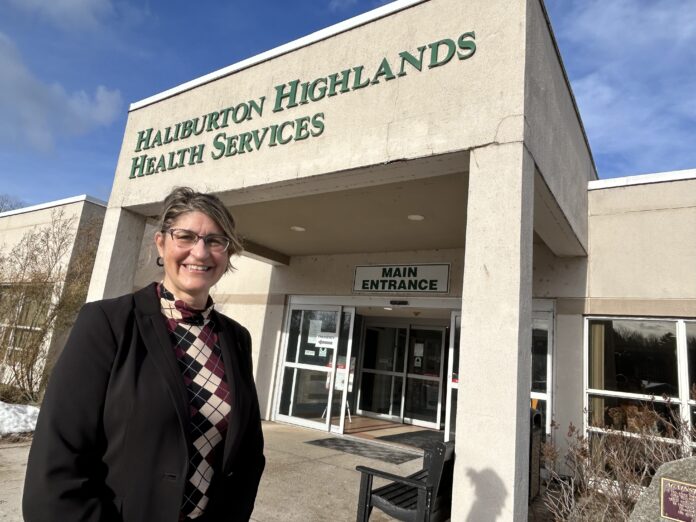Haliburton Highlands Health Services (HHHS) president and CEO Veronica Nelson has expressed confidence in the organization balancing its books by spring 2025.
Speaking at HHHS’ annual general meeting June 27, Nelson said the local health service ended its 2023/24 fiscal year March 31 with a $2.3 million operational deficit – down from $4.2 million at the end of the 2022/23 fiscal year.
Having found $1.9 million in savings over the past 12 months, Nelson said she and the board have a plan to eliminate HHHS’ working debt for the first time since the COVID-19 pandemic.
“We anticipate getting very close to balanced at the end of this fiscal year,” Nelson said.
“We have been doing an incredible amount of advocacy with Ontario Health, Ministry of Health, and Ministry of Long-Term Care. Everybody knows what Haliburton is saying – they’re tired of hearing my story… I’m expecting some additional relief and a good adjustment to our [funding] problem that we’ve had for several years.”
New chief financial officer, Ulvi IskhagiBayat, said HHHS’ revenues increased by $3.2 million last year, though expenses went up $1.9 million. The organization’s capital deficit, largely accounting for planned facility upgrades and equipment purchases, now sits at $6.5 million – up from $4.5 million.
Demand for services poised to grow
The repealing of Bill 124 – legislation introduced by the Ford government in 2019 to cap wage increases for healthcare workers to one per cent annually but deemed unconstitutional by the Ontario Appeal Court in February – cost HHHS approximately $3.5 million, though new board chair, Irene Odell, said the province funded 85 per cent.
Changes to the board makeup was announced at the meeting, where it was decided there should be 16 to 18 sitting members.
Odell announced seven board members are returning to complete already committed terms, John Herald and Don Pierson were reappointed for three-year terms, Michael Tambosso appointed as a new member for one year, Dr. Connie Phillipson for two years, and Dr. Clifford Ottaway and Al Aubry for three years.
Nelson confirmed she, chief of staff Dr. Keith Hay, and chief nursing executive Jennifer Burns-West, also sit on the board, while the County of Haliburton’s two sitting representatives for the year were confirmed as warden and Algonquin Highlands mayor Liz Danielsen and Dysart et al mayor Murray Fearrey.
Year in statistics
Despite the shuttering of the Minden emergency department last summer, Nelson said more patients are being treated at HHHS facilities – accounting for services provided by the Kawartha North Family Health Team, Para-Med, and SE Health through the urgent care and community nursing clinics.
The number of emergency department visits dropped 29 per cent, down to 17,480 in 2023/24 from 24,701 the previous year. There were 4,479 urgent care clinic visits and 515 community nursing clinic visits – though Nelson noted these are partial numbers, with both services only available for part of the fiscal year.
She noted increases in total patient admissions, up 12 per cent, and number of days spent in the hospital, up to 5,116 from 4,549. Occupancy for the 15 inpatient beds at the Haliburton hospital was 93.2 per cent for the year.
“That means the patients we’re seeing are sicker and need more care than just an emergency visit,” Nelson said, noting the Haliburton site is currently at 146 per cent occupancy.
There were increases across the board in diagnostics – the number of X-ray exams increased 28 per cent (10,440 from 8,138), ultrasound exams up 19 per cent (2,054 from 1,731), echocardiography exams up 117 per cent (405 from 187) and bone density exams up eight per cent (492 from 457).
Nurses completed 30,311 point of care tests, up 24 per cent, and sent a further 10,592 blood tests to the regional lab in Peterborough, an increase of 14 per cent.
The hospital also recorded 1,865 mental health and addictions visits, 2,554 geriatric assessment and intervention network (GAIN) visits and assisted 1,842 diabetes patients. Another 765 people received physiotherapy care.
It was a busy year for the HHHS community support services team, Nelson noted. The operation helped 462 clients attend 9,554 appointments last year, while 21,400 meals were delivered via the Meals on Wheels initiative. There were 492 hospice client visits, and 650 footcare clinic appointments.
Clients received 18,235 hours of care through the assisted living, supportive housing, and adult day program initiatives.
HHHS Foundation executive director, Melanie Klodt Wong, said the Highlands community made 1,809 donations throughout the year, with $607,236 transferred to HHHS for things like automated IV pumps, which automatically deliver medication to patients – eliminating errors.
What the future holds
Nelson said she wants to build on the momentum HHHS has developed over the past 12 months.
After hiring 80 new staff last year, reducing the reliance on agency staff to near zero, Nelson said she expects that pattern to continue. Updated hiring practices allowed HHHS to bring new staff in up to two months quicker than before.
“In Q1, hiring took 84 days. By Q4, we had reduced it to 35 days,” Nelson said.
She noted a new five-year strategic plan and multi-year master plan outline clear targets for HHHS future growth. Projections for the 2049/50 fiscal year – 25 years away – see HHHS more than doubling its capacity in some areas.
They’re anticipating the number of emergency visits increasing approximately 15 per cent, though inpatient admissions are expected to grow to 1,163 – an approximate 120 per cent increase, with the number of diagnostic exams expected to spike to 31,556 from 13,350.
Nelson said the master plan projects an increase in inpatient beds at HHHS over the next 25 years, up to 41 from 15, while the number of long-term care beds is expected to grow from 92 to 256.
Asked if HHHS can handle this anticipated increased workload at its current facilities, Nelson said it’s too early to tell.
“We have submitted our pre-capital submission on our master plan to the ministry. That’s basically telling them we want to plan… they’ve asked that question too. How do we get ready for 25 years from now? We do it together with our community. We figure out what we do today that we’re going to need 25 years from now,” Nelson said, noting there will be extensive community consultation to “map for the future.”



